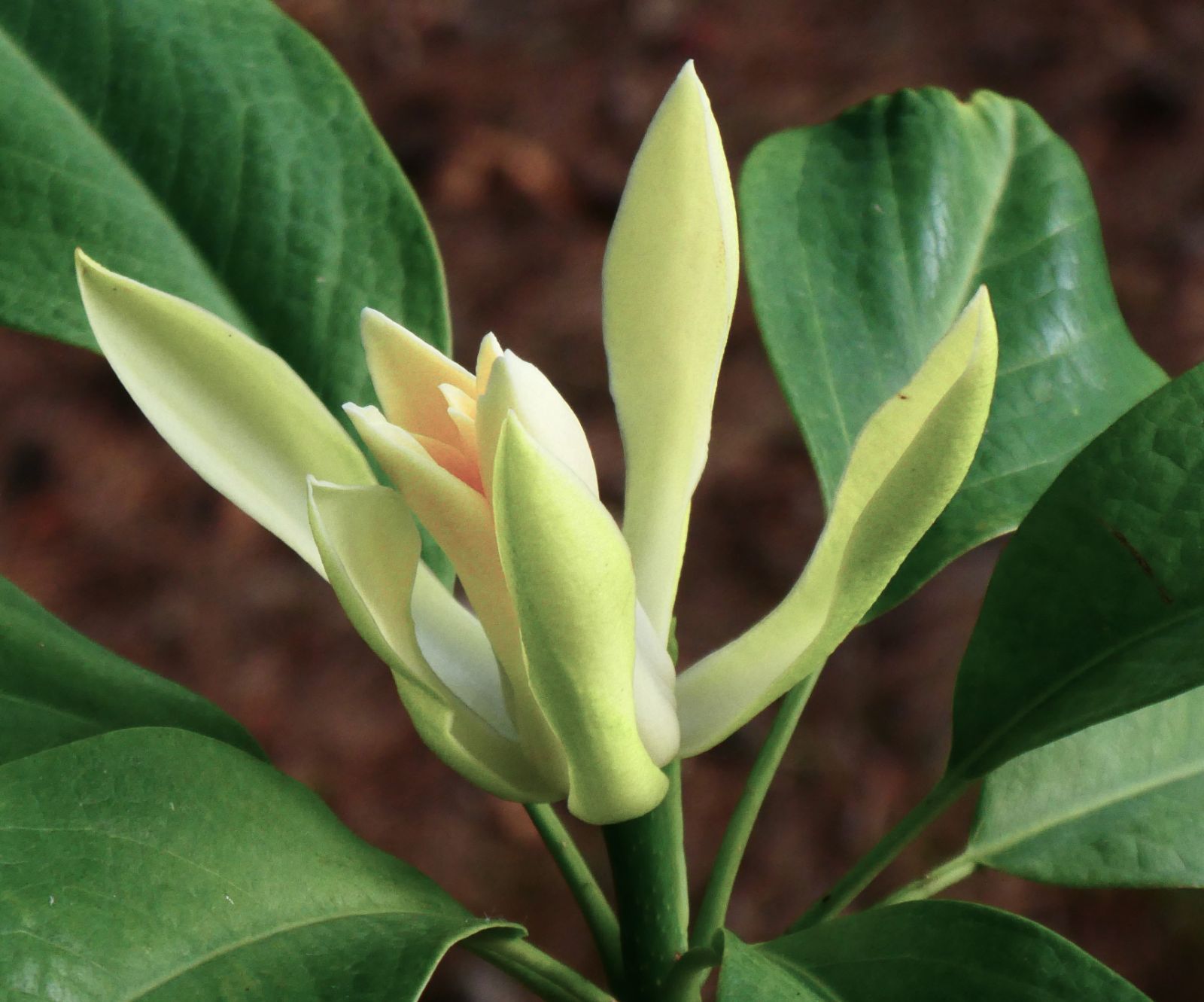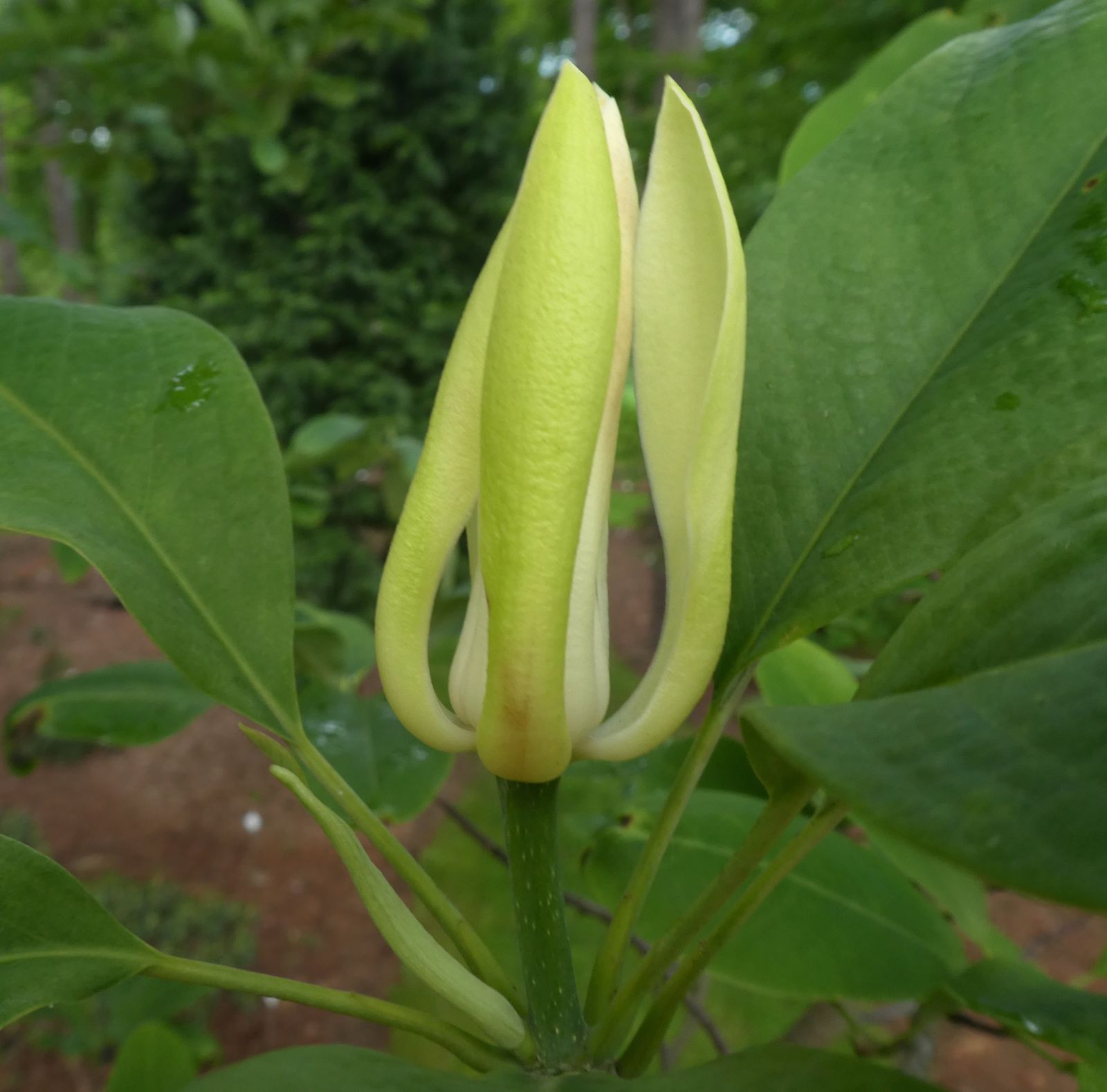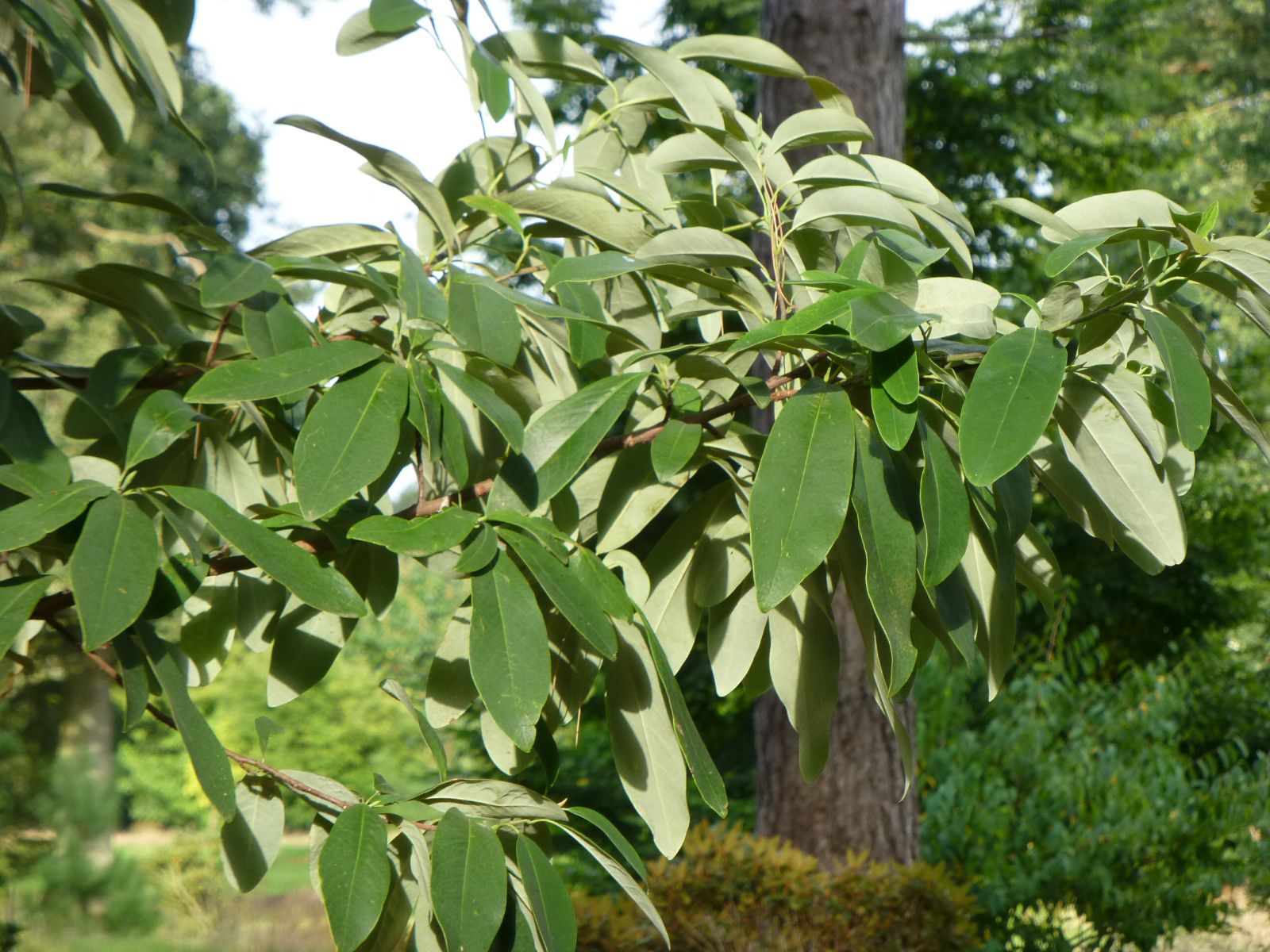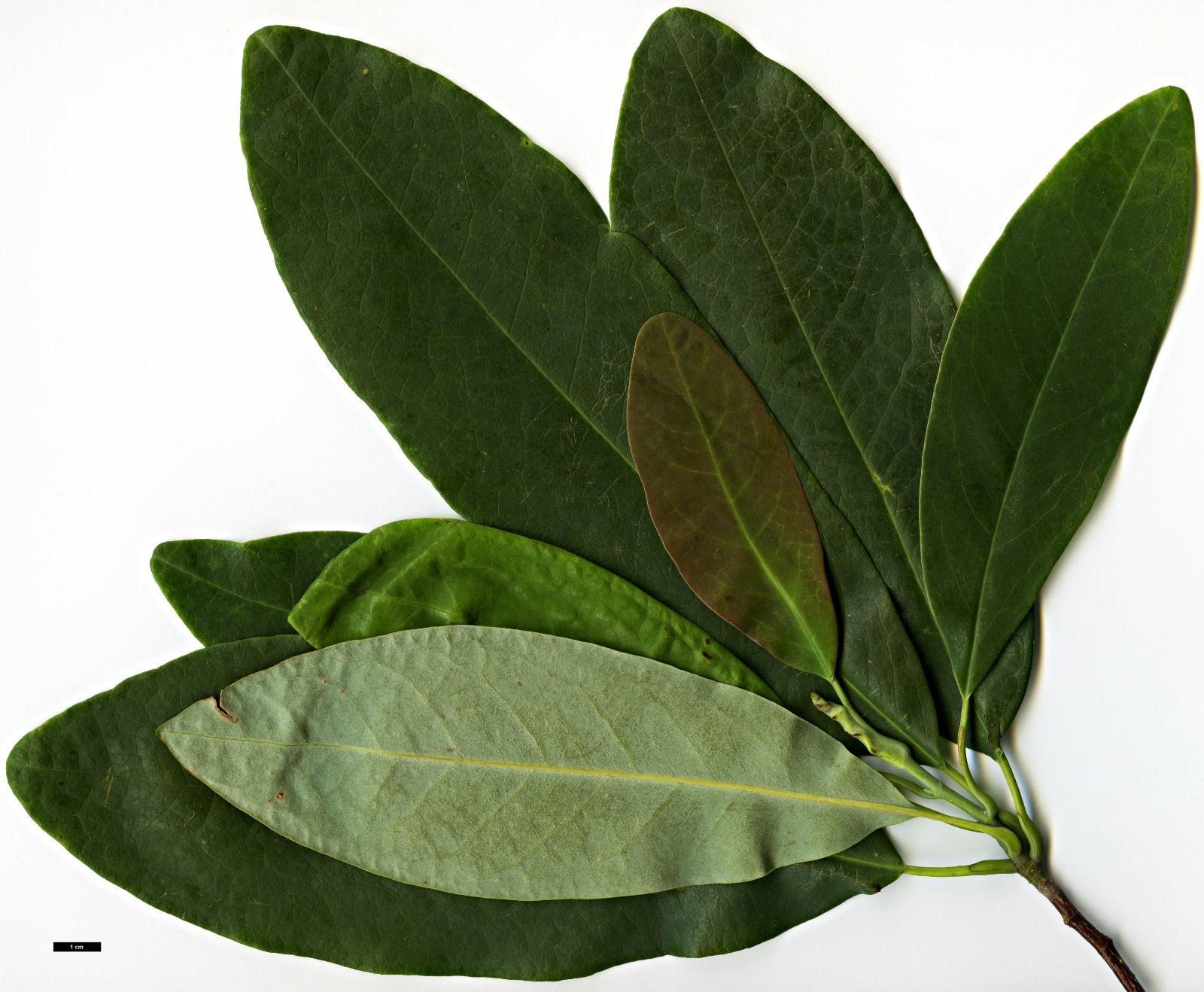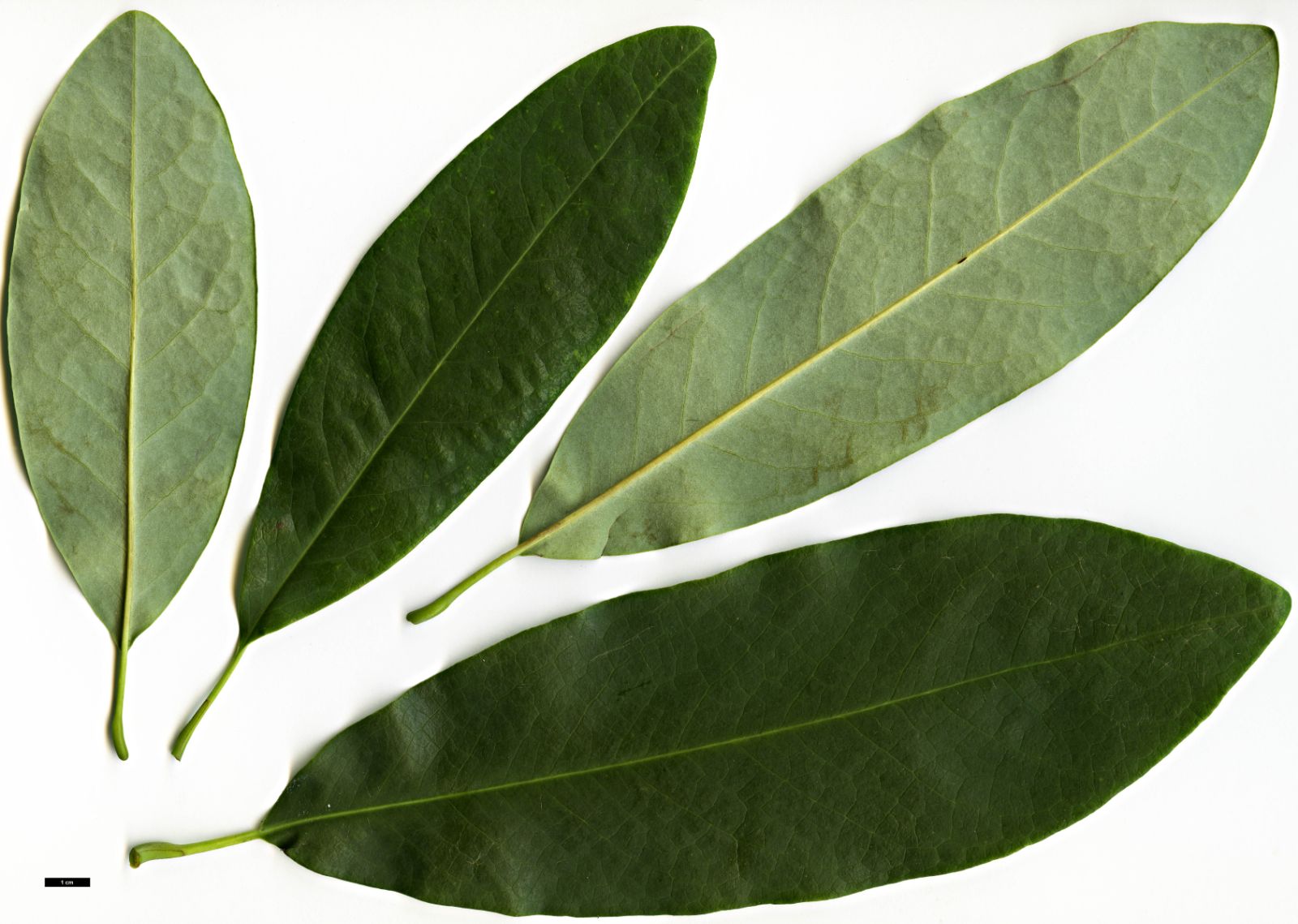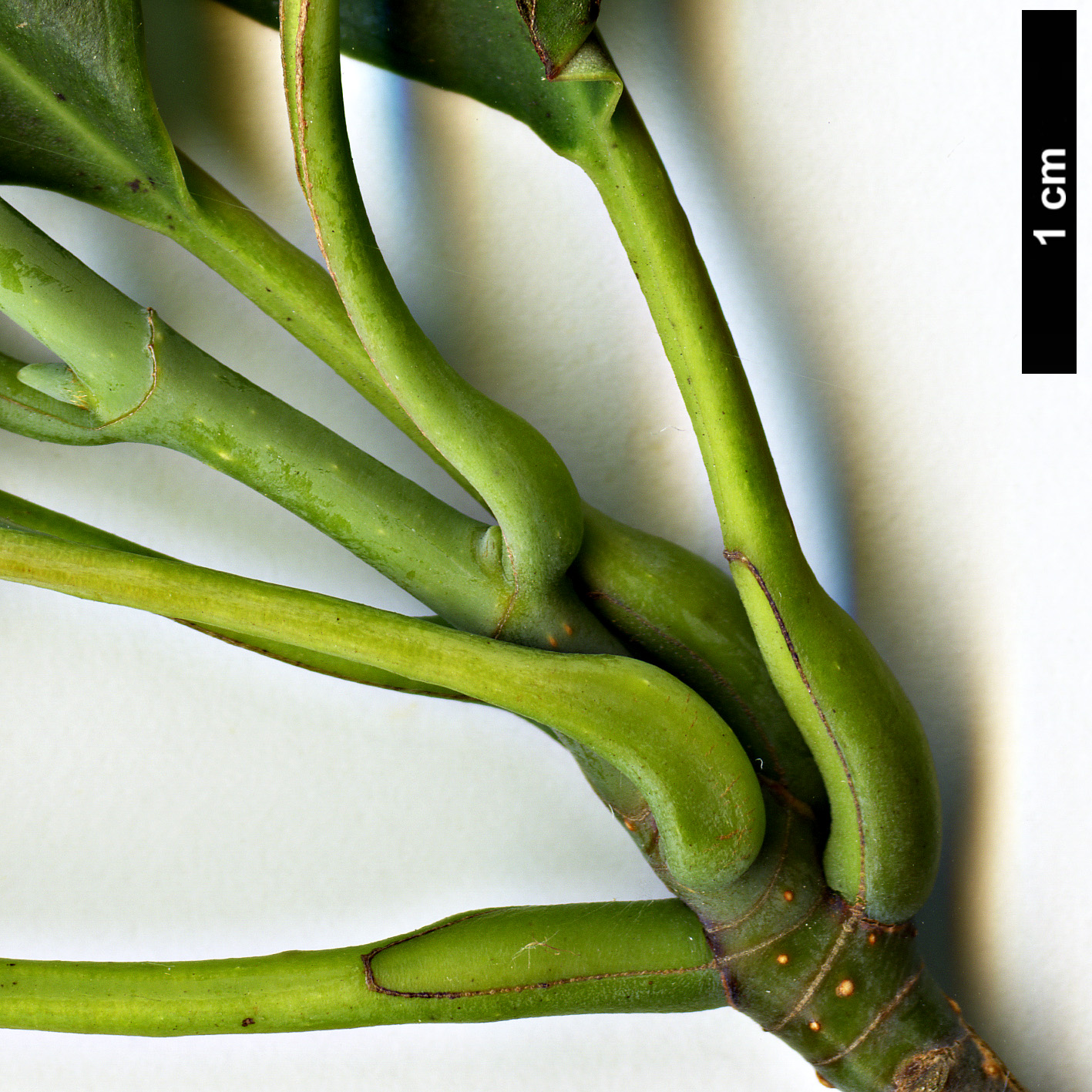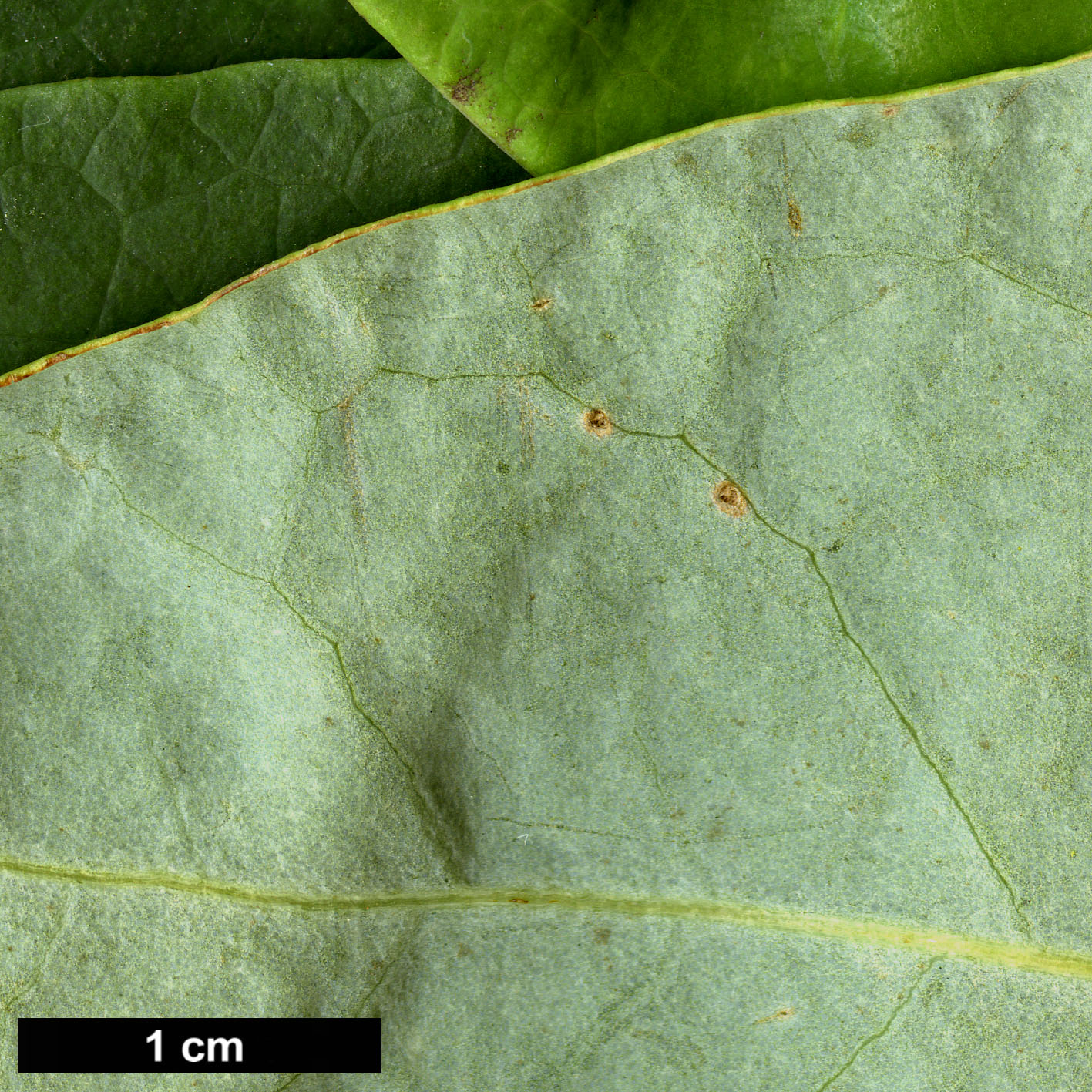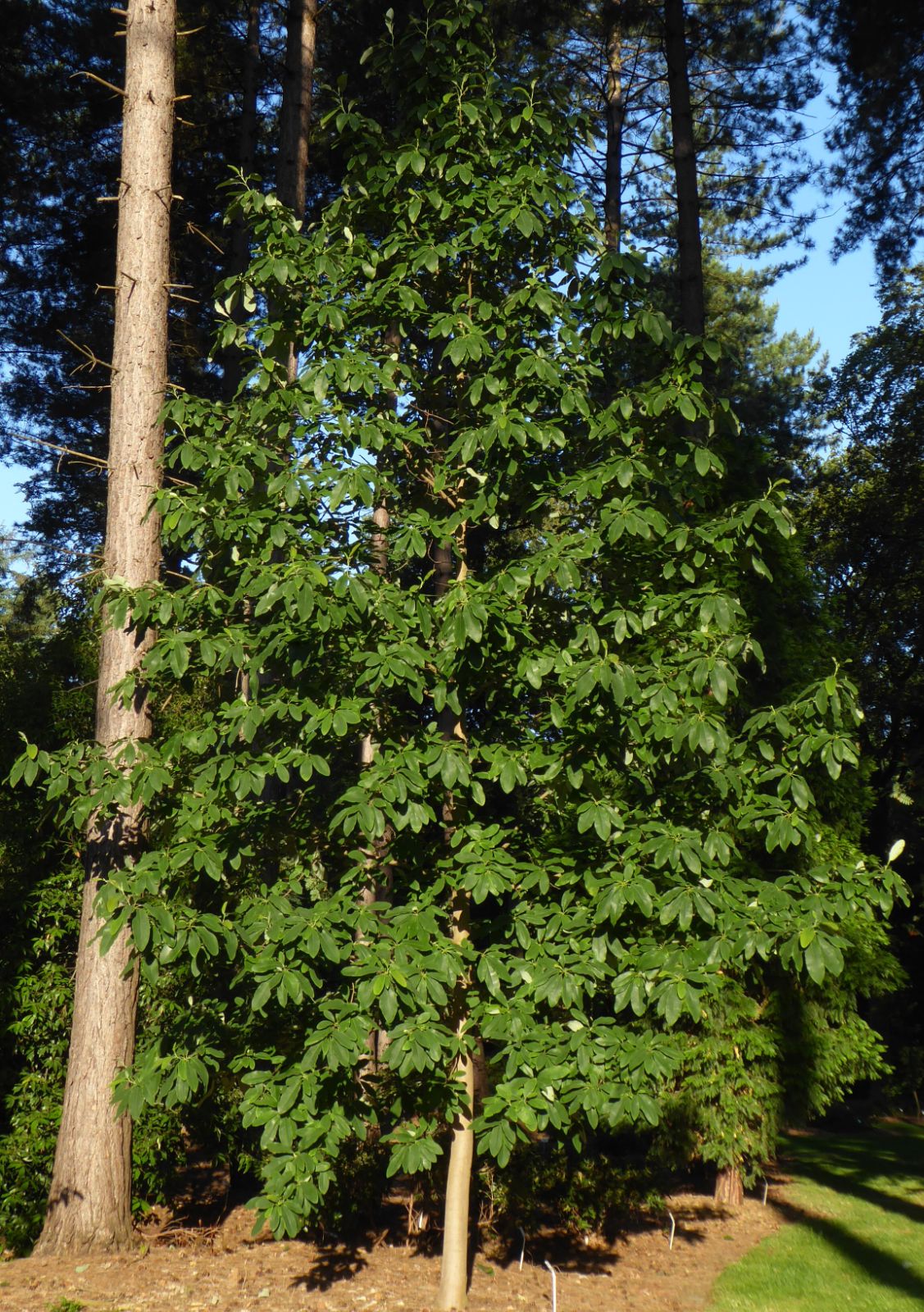Magnolia decidua
Sponsor
Kindly sponsored by
The Roy Overland Charitable Trust

Credits
Julian Sutton (2022)
Recommended citation
Sutton, J. (2022), 'Magnolia decidua' from the website Trees and Shrubs Online (treesandshrubsonline.
Genus
- Magnolia
- Section Manglietia
Synonyms
- Manglietia decidua Q.Y. Zheng
- Sinomanglietia glauca Z.X. Yu & Q.Y. Zheng
Other taxa in genus
- Magnolia acuminata
- Magnolia × alba
- Magnolia amabilis
- Magnolia amoena
- Magnolia aromatica
- Magnolia biondii
- Magnolia × brooklynensis
- Magnolia campbellii
- Magnolia cathcartii
- Magnolia cavaleriei
- Magnolia caveana
- Magnolia champaca
- Magnolia changhungtana
- Magnolia chapensis
- Magnolia compressa
- Magnolia conifera
- Magnolia Cultivars A
- Magnolia Cultivars B
- Magnolia Cultivars C
- Magnolia Cultivars D
- Magnolia Cultivars E
- Magnolia Cultivars F
- Magnolia Cultivars G
- Magnolia Cultivars H–I
- Magnolia Cultivars J
- Magnolia Cultivars K
- Magnolia Cultivars L
- Magnolia Cultivars M
- Magnolia Cultivars N–O
- Magnolia Cultivars P
- Magnolia Cultivars Q–R
- Magnolia Cultivars S
- Magnolia Cultivars T
- Magnolia Cultivars U–V
- Magnolia Cultivars W–Z
- Magnolia cylindrica
- Magnolia dandyi
- Magnolia dawsoniana
- Magnolia de Vos and Kosar hybrids
- Magnolia delavayi
- Magnolia denudata
- Magnolia doltsopa
- Magnolia duclouxii
- Magnolia ernestii
- Magnolia figo
- Magnolia floribunda
- Magnolia × foggii
- Magnolia fordiana
- Magnolia foveolata
- Magnolia fraseri
- Magnolia fulva
- Magnolia globosa
- Magnolia × gotoburgensis
- Magnolia grandiflora
- Magnolia grandis
- Magnolia Gresham hybrids
- Magnolia guangdongensis
- Magnolia hookeri
- Magnolia insignis
- Magnolia Jury hybrids
- Magnolia × kewensis
- Magnolia kobus
- Magnolia kwangtungensis
- Magnolia laevifolia
- Magnolia lanuginosa
- Magnolia leveilleana
- Magnolia liliiflora
- Magnolia × loebneri
- Magnolia lotungensis
- Magnolia macclurei
- Magnolia macrophylla
- Magnolia martini
- Magnolia maudiae
- Magnolia nitida
- Magnolia obovata
- Magnolia officinalis
- Magnolia opipara
- Magnolia × proctoriana
- Magnolia × pruhoniciana
- Magnolia rostrata
- Magnolia salicifolia
- Magnolia sapaensis
- Magnolia sargentiana
- Magnolia sieboldii
- Magnolia sinensis
- Magnolia sinica
- Magnolia sinostellata
- Magnolia × soulangeana
- Magnolia sprengeri
- Magnolia stellata
- Magnolia tamaulipana
- Magnolia × thomsoniana
- Magnolia tripetala
- Magnolia × veitchii
- Magnolia virginiana
- Magnolia × wieseneri
- Magnolia wilsonii
- Magnolia xinganensis
- Magnolia yunnanensis
- Magnolia yuyuanensis
- Magnolia zenii
Deciduous tree to 15 m, 45 cm dbh. Bark greyish white. Branchlets purple-brown with round pale lenticels, glabrous. Leaves mostly terminal on the shoots, thin and leathery, 14–20 × 3.5–7 cm, oblong-obovate to elliptic, dark green and glabrous above, pale below with white hairs when young, midrib conspicuous above, lateral veins inconspicuous, margins entire, apex obtuse or shortly acute, base cuneate; petiole slender, glabrous or sparsely hairy, with stipule scars one-quarter to half of the length of the petiole. Flowers terminal, yellowish white and fragrant; tepals 15(–16), very unequal, the outermost c. × 7 2 cm, becoming shorter and narrower, until the innermost are almost linear; stamens numerous, with very short filaments; gynoecium sessile, elongate-ovoid. Fruits 4.7–7 × 4–5.5 cm, subglobose to ovoid, rufous at maturity with pale round lenticels, dehiscent along both sutures. Flowering May, fruiting September to October (China). (Liu et al. 2004; Xia, Liu & Nooteboom 2008).
Distribution China Jiangxi
Habitat Bamboo forest, 400–700 m.
USDA Hardiness Zone 8-10
RHS Hardiness Rating H4
Conservation status Endangered (EN)
Recognised only in 1995, Magnolia decidua is endangered in the wild, known from a single population of under 500 individuals which is declining due to habitat loss and logging (IUCN 2021). It is unique in the otherwise entirely evergreen Section Manglietia for the character that gives it its name. Specimens in cultivation also drop their foliage, but the brown leaves sometimes hang on the twigs for a while. It is odd in several other features, notably a tendency for flower parts to be in whorls of 5 rather than 3 (Deroin 2010), and the species was at first given its own genus Sinomanglietia.
Magnolia decidua is very rare in cultivation as well as in the wild, the only known specimens being derived from seed obtained from China by Philippe de Spoelberch in 1999, and distributed by him. It is established at Arboretum Wespelaar, initially growing well below pines (P. de Spoelberch, pers. comm. 2007). By 2019 only one specimen remained at Wespelaar, but it flowered for the first time. The upright flowers which lasted only 3 days proved less than spectacular, having 4 green outer tepals and up to 11 very narrow, white inner tepals (Arboretum Wespelaar 2019). The species typically has yellow tepals, however (illustrated in Deroin 2010). Vegetatively propagated material has been offered commercially in Europe, in a small way. Outside our North American area at the Magnolian Grove Arboretum, Pickens, SC it initially grew vigorously, but the saplings did not prosper after planting out, and gradually died out for reasons unknown (R. Figlar, pers. comm. 2008).

